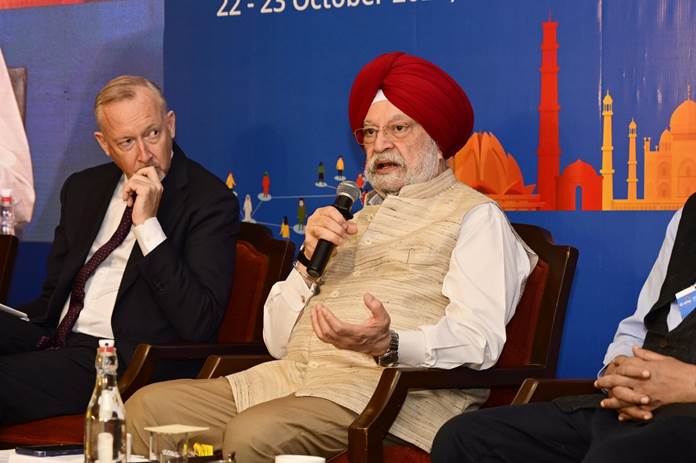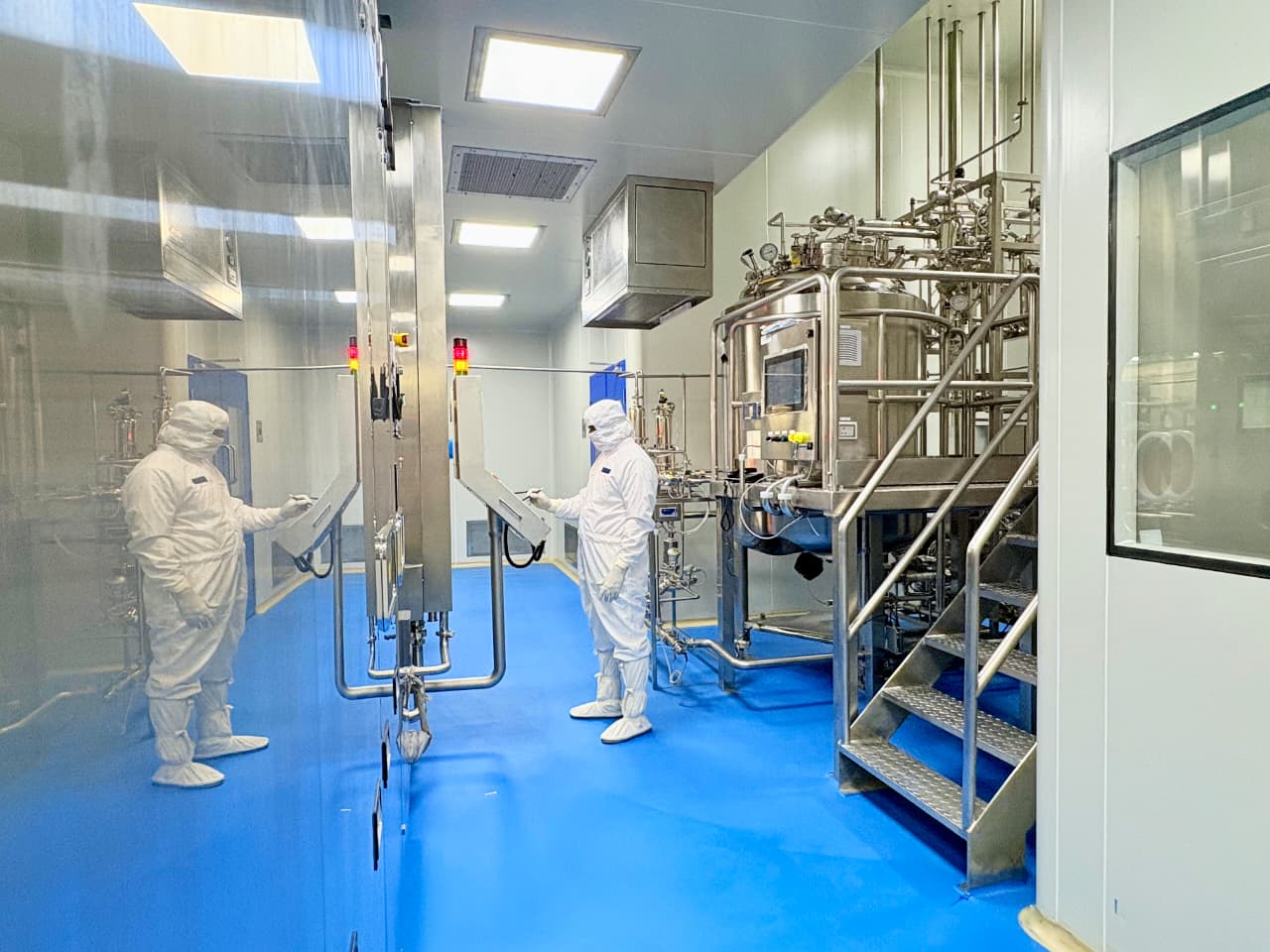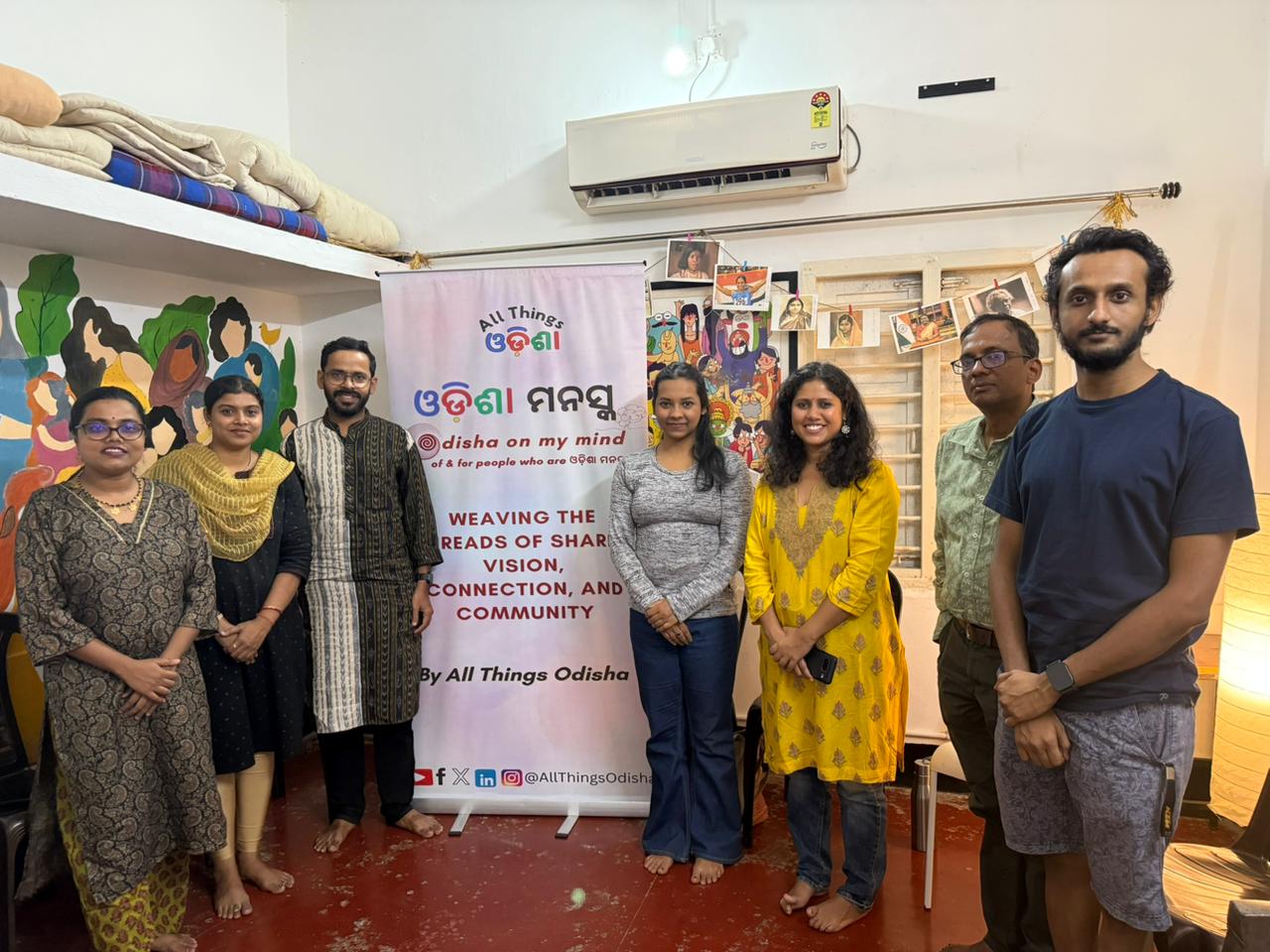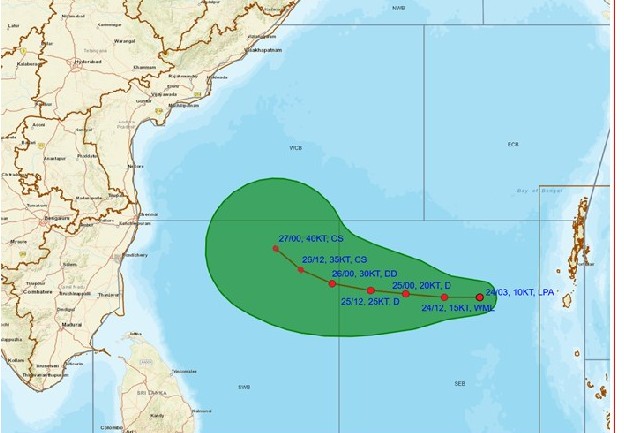New Delhi: Addressing the 7th G-STIC (Global Sustainable Technology and Innovation Community) Conference on “Accelerating Technological Solutions for the SDGs,” Hardeep Singh Puri, Minister of Petroleum and Natural Gas, underscored India’s evolving journey toward sustainable energy solutions. He emphasized the replicability of these technological advancements across the Global South, while navigating the complexities of energy transitions within democratic frameworks.
Hosted in India for the first time, the G-STIC Conference, organized by TERI and VITO with support from eight other not-for-profit independent technology research institutes, focuses on the theme “Harmonizing Technology, Policy, and Business Pathways for a Sustainable Future and Coexistence.”
In his inaugural address, Minister Puri discussed the critical trilemma faced by democratically elected governments worldwide: balancing affordability, availability, and sustainability in energy policy. He projected a significant increase in India’s energy consumption, anticipating growth from 5.4 million barrels per day today to 7 million barrels per day by 2030. This positions India as a major player in global energy demand, contributing an estimated 25% of the global increase over the next two decades.
Affordability is a key concern in the energy transition, and the Minister reiterated the government’s commitment to research and development. He highlighted innovative solutions like hydrogen fuel cell technology, currently being piloted in public transport with 15 hydrogen-powered buses in operation, which represent a broader vision for sustainable transport.
A notable achievement discussed by Puri was the substantial progress in ethanol blending, which has increased from 1.53% in 2013-14 to 16% today. The government is now advancing its blending target of 20% from 2030 to 2025, showcasing a proactive approach to energy sustainability. He mentioned that discussions are already underway to establish a roadmap for sustainable energy solutions beyond the 20% target, reflecting a forward-thinking strategy to meet future energy needs.
The Minister also addressed the energy requirements of developing nations, particularly in the Global South, many of which are heavily reliant on energy imports. He expressed optimism that India’s success with ethanol initiatives could serve as a model for these regions, even though India faces challenges such as limited arable land for biofuel production compared to Brazil. Nevertheless, he stressed the potential for innovative biofuel strategies to reduce import dependency and meet local energy needs.
Highlighting the transformative impact of the Ujjwala scheme launched in 2016, Puri noted the dramatic increase in cooking gas access, with cylinder connections rising from 140 million to 330 million. This initiative, part of the government’s broader social schemes, has contributed to lifting approximately 250 million people out of multidimensional poverty under Prime Minister Narendra Modi’s leadership.
In his concluding remarks, Minister Puri focused on the potential of green hydrogen as a game-changer in India’s energy landscape. He emphasized the importance of local demand, production, and consumption in making green hydrogen a viable energy source. The key challenge remains reducing production costs, and he called for ongoing innovation and scaling of technology in this sector.
The conference serves as a vital platform for addressing sustainable energy solutions, fostering collaboration among global experts, policymakers, and industry leaders, all united in the mission to harmonize technology and policy for a sustainable future.





